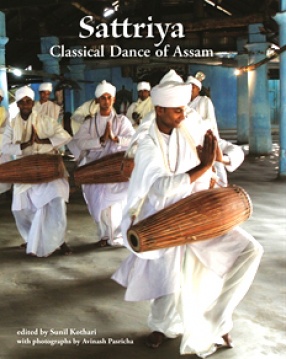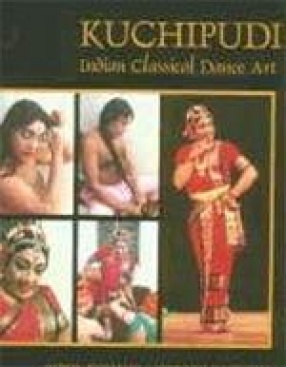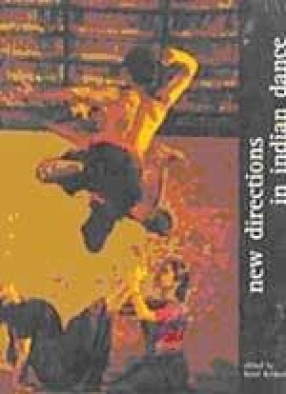
Showing all 5 books





In the year 2000, the Sattriya dances of Assam received recognition as the eighth classical dance form of India. This living tradition from the monasteries known as sattras has been practised for over 500 years by celibate monks. Created by the Vaishnava saint and social reformer Sankaradeva and his principal disciple Madhavadeva in the 16th century, it possesses all the elements of classical dance, following the principles of natyashastra. Today, it has moved to ...

One of the seven major classical dance forms of India, Kuchipudi in its solo avatara has acquired a status of a classical dance form of Andhra Pradesh. The story of Kuchipudi from its origin as a dance-drama and its emergence as a solo dance form is one of the most fascinating phenomena engaging attention of the gurus, the performing dancers and the research scholars. Essentially a preserve of the male dancers, who also excelled in the female roles, today ...

The Indian dance tradition boasts eight classical dance forms: Bharata Natyam, kathakali, Manipuri, Kathak, Odissi, Kuchipudi, Mohini Attam, and Sttriya. Many of these have become popular the world over and been seen at various international dance festivals thanks to the efforts of the Indian Council for Cultural Relations, private agencies, and impresarios. However, people ask: Is there no Modern dance in India? Don’t Indian dancers choreograph in the ...

Pictorial biography is far superior than any written text however colourfully written. The pictures give visual pleasure and bring back visions of the persons as they were at different ages of their life. It also brings memories of those associated with the several activities the person presented. Rukmini Devi was a multifaceted and multi-splendoured personality. She was connected with theosophical society and preached the brotherhood of man all over the globe. ...

The first volume of the Anamika Kala Sangam anthology on the performing arts in India attempts to analyse and explain the development of the different forms of music and dance in the last twenty-five years. The articles combine to offer a holistic view of the changing patterns and in the process provides an equation of the respective values of Tradition and the Individual Talent. Musical and dance systems, the circumstancial forces that made changes necessary and ...
